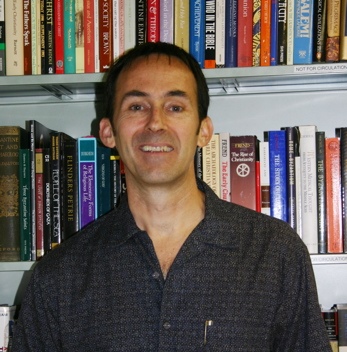Affiliation: The Oriental Institute

Yorke M. Rowan is a Research Professor in the Archaeology of the Southern Levant with the Oriental Institute at the University of Chicago. He holds his degrees from the University of Texas (Ph.D. and MA) and the University of Virginia His most recent edited volume, Beyond Belief: The Archaeology of Religion and Ritual (2012) draws together theoretical and methodological studies concerning ancient religion and ritual. As a National Endowment for the Humanities Fellow at the W.F. Albright Institute of Archaeological Research, Jerusalem during 2013-14, Dr. Rowan is preparing a monograph on the survey and excavations of Marj Rabba.
Why did people invent ossuaries – the ceramic and stone containers for the reburial of human skeletons? In this lecture, we examine ossuaries invented during the Copper Age (Chalcolithic) period, c. 4500-3700 BCE in the southern Levant (Israel, Jordan, Palestine). The extended process from death to burial, and subsequent re-burial, inspired the invention of specialized containers for some members of the community. When, and why, did this change occur, only to disappear again by the Early Bronze Age? This phenomenon is examined in the context of rapid changes in Chalcolithic society, from large population growth to the expansion of diverse ritual activities.
Enigmatic features of the desert that caught the eye of early 20th century aviators, “desert kites” seemed to be the shape of a child’s kite. Widely recognized as vast chains of animal traps, these lines of rocks are clearly visible from the air but easily missed when walking across the landscape. Similar traps are known from Kazakhstan and Armenia to Saudi Arabia, but this lecture will focus on one of the main concentrations recognized in the Black Desert of Jordan. When were they built, how did they function, and what do they tell us about changes in the ways people adapted to change during the Neolithic?